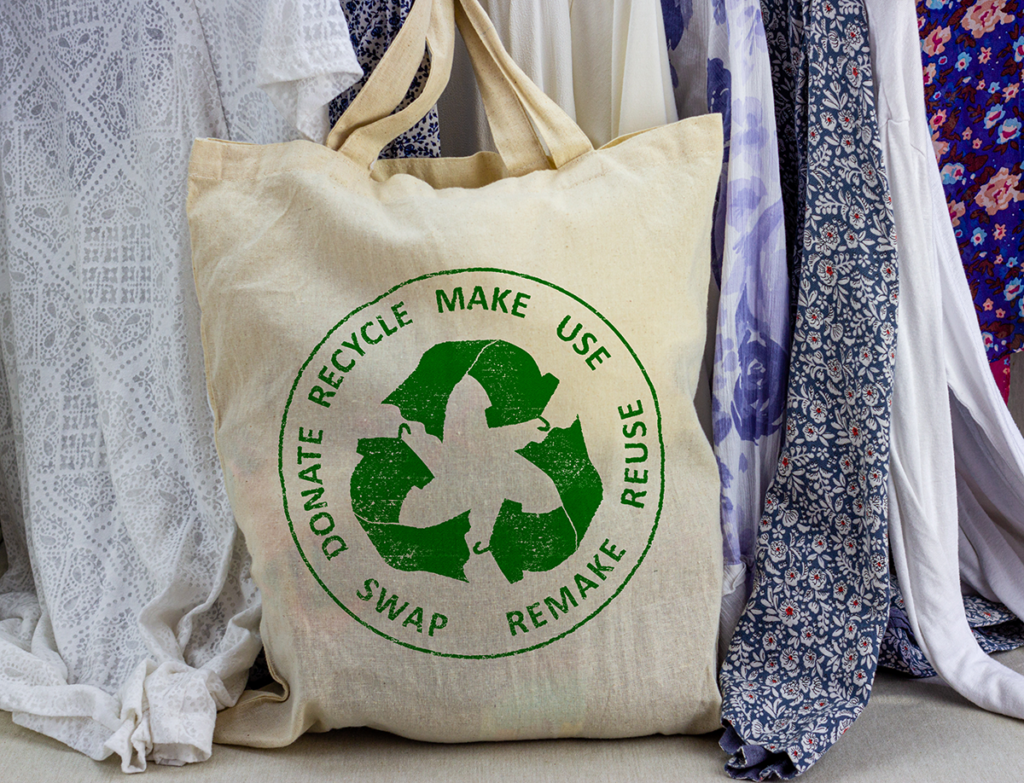Table of contents
Sustainable fashion and the circular economy are becoming increasingly important topics for consumers as they hunt for their latest outfits. It’s no longer just about the look, but more about the sustainable credentials of the fashion they buy.
And as their ideals change so has the willingness to pay more, with consumers increasingly moving away from the days of throwaway fashion and being more open to investing more in sustainable clothing options.
Although the appetite is growing, understanding where that demand sits within your customer base can be tough. How do you surface your sustainability credentials to the right customers at the right time?
Do you go all out with your marketing and risk turning off those customers who can’t or won’t spend more on more sustainable fashion pieces? Or do you adopt a subtler approach that still highlights your key pieces and messages when customers are browsing online but doesn’t ram the message down their throats?
The main trends emerging in sustainable fashion
Several trends are emerging in addition to retailers simply selling items that are sustainably produced or sourced. They include retailers providing second-hand routes for resale of their products; offering their clothing for hire and improving recycling options for end-of-life products.
The growth of third-party resale platforms has been accelerating for some time, but retailers are increasingly getting in on the act too, both to meet sustainability goals but also to provide additional options for value-conscious consumers.
Lululemon, which has pledged to make 100% of its products with sustainable materials and end of use solutions by 2030, is amongst the latest retailers to reveal a second-hand resale option for its clothes. Customers will be able to exchange what the retailer calls ‘gently used’ leggings, tops and jackets for gift cards in the company’s US stores with the launch of its ‘Like New’ programme in late April. It follows testing of the program last May. Used items can be bought from a separate page on the company’s website.
Pacsun is doing similar with its Pre-Loved Pac offering, allowing customers to earn PacSun credits and shop for pre-loved items on the website.
When it comes to recyclability H&M possibly tops it all with the recent announcement of a new range of organic cotton baby clothes that are 100% biodegradable. That means they can literally be added to the compost pile along with the veg cuttings. It is the first of the company’s clothing collections to be compostable.
Customer willingness to pay
So retailers are going all out for sustainability but are customers actually buying? According to a recent survey, 79% of US consumers say that sustainability is somewhat or very important when purchasing apparel or footwear products and 68% are willing to pay more for it. This proportion has grown steadily since 2019 when only 47% would pay more.
And the accepted markup can be substantial, with nearly one in five (18%) willing to pay 25% more for sustainable products, rising to two-thirds of Gen Z shoppers.
Interestingly nearly more than a third (38%) of shoppers said that they would be motivated to buy more sustainable products if they received more information about sustainable initiatives.
So how do you surface sustainable information?
Discoverability is key. Your brand might be centred around sustainability or, more likely, you are a mainstream retailer trying to understand and meet your customers’ needs for sustainable fashion. So how do you surface the sustainability credentials of your clothing ranges when shoppers are looking online?
Social Proof Messaging can help you to highlight to potential customers the sustainable items you have within your fashion range.
It works by sharing the sustainable attributes of products and highlighting the most popular items. So it might be sharing messages such as ‘30 people are looking at this jacket made with recycled fibers.’
It’s informative but it’s not a pushy sales message. Instead, it works by highlighting the sustainable options that you offer, making it easier for consumers to play their part when it comes to making better purchasing choices for the environment.
Secondly, it shows the popularity of such items amongst your customer base. It shows your customer that others like them are browsing and buying sustainable fashion, helping to add the peer persuasion that could convince them to ultimately buy.
Social proof messaging offers you valuable opportunities, not only in providing details about the sustainable options that you offer but also in assessing the appetite amongst your own customers.
And they may be hungrier for sustainable fashion than you think.



